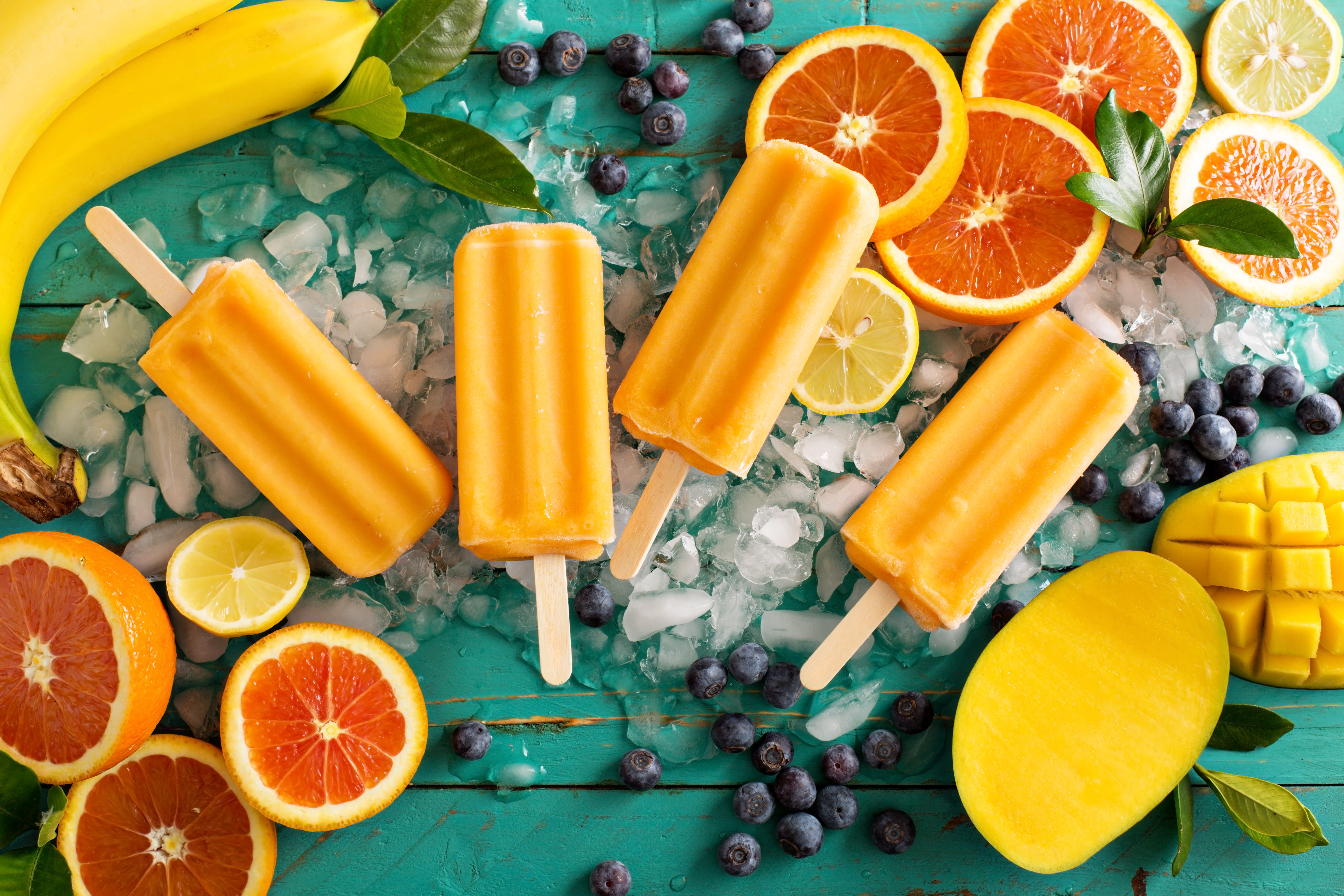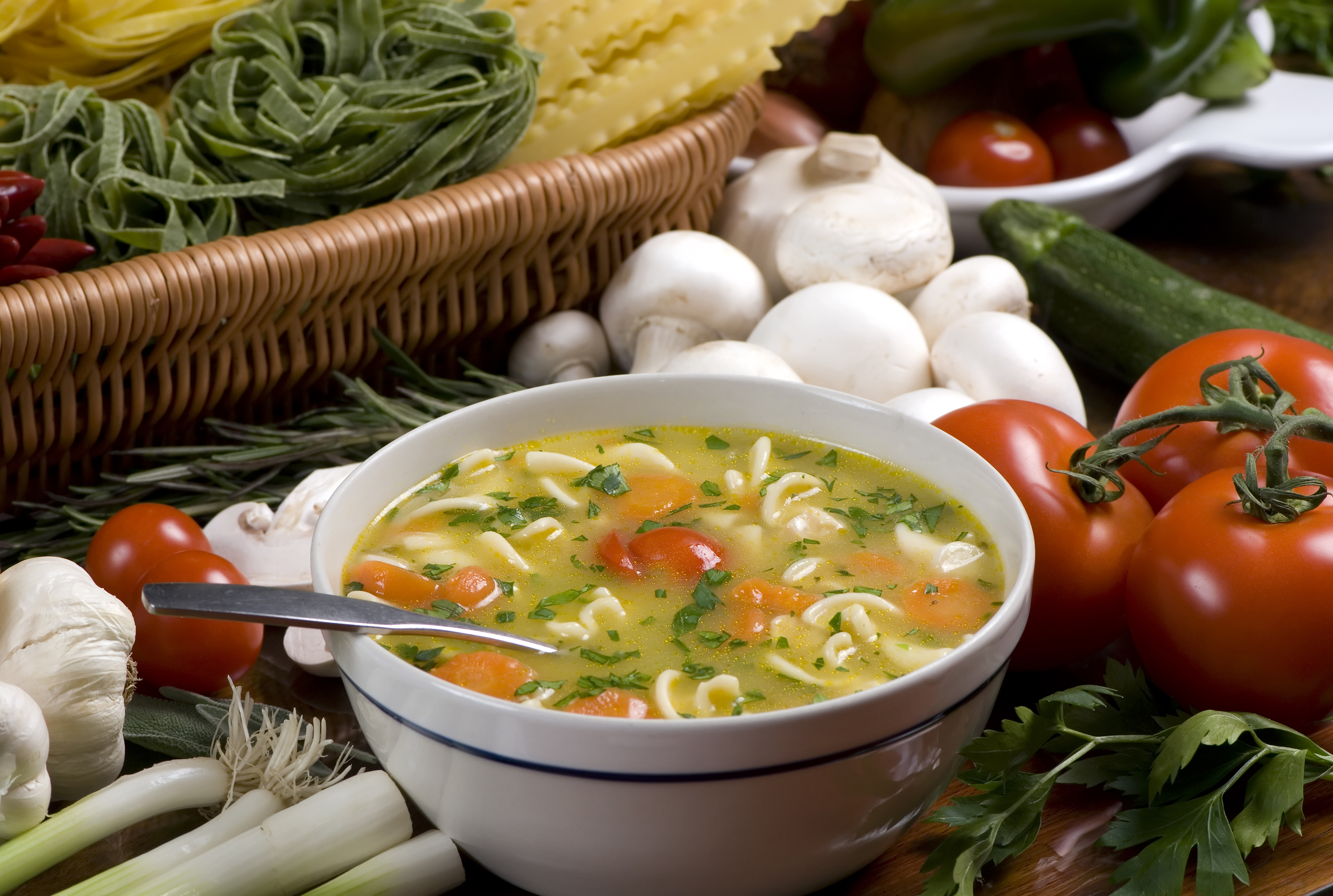
It’s hot and you’re probably stressed like most of the world. It’s especially important to keep up with your supplement and exercise regimen, and eat well. But that doesn’t mean you shouldn’t enjoy the bounty of summer fruits and delicious smoothies and popsicles.
If you’ve been reading my blog for any length of time, you’ve heard me say repeatedly how important it is to stay hydrated — all year-long. It’s even more important during the summer and now during the pandemic.
Our body is 50-65% water. Drink plenty of water to stay hydrated and to flush out toxins. The brain, which is 70% water, gets dehydrated just like your body. When it is dehydrated, neurotransmission — which is heavily dependent on water — is impaired, resulting in poor memory, concentration and impaired abstract thinking. The next time your mind is muddled, drink a tall glass of water and notice the difference.
Stay away from carbonated and caffeinated drinks. herbal teas and fresh fruit or vegetable juices are great in summer. Just remember that fruit juices are high in sugar and calories. Coconut water is cooling and helps to replenish electrolytes, which is especially important during and after an illness.
Enjoy these smoothie and popsicle recipes. They provide hydration, vitamins and minerals, and are perfect for kids as well as for folks with dementia and Alzheimer’s who may forget to eat or lose interest in food.
Popsicles
Watermelon and Kiwi–makes 8
4 kiwis, peeled and sliced
3 cups of pureed watermelon
Place kiwi inside the sides of the popsicle molds. Pour in the watermelon. You can make this with other fruits: watermelon and strawberries, etc. Add basil or mint; lemon or lime juice with or without the rind.
For a beautiful popsicle with 3 layers: Add watermelon puree but leave room for 2 more layers. Freeze for 30 minutes. Take out of the freezer and pour in a small amount of coconut milk, the full-fat canned variety. Freeze again. Take out and add pureed kiwi and freeze. This is a treat for the eyes as well as your taste buds.
Strawberries and Cream–makes 8
2 cups of pureed strawberries (leave some chopped for texture)
2 cups cream of vanilla yogurt.
Blend and freeze.
Coco-Mango–makes 4-6
2 cups pureed mango
1/2 cup canned coconut milk
Optional: Add coconut flakes.
Blend and freeze.
Orange Cream–makes 4-6 popsicles
1 cup orange juice
1 cup vanilla yogurt
Blend together and freeze.
Protein shake recipes
My favorite delicious and easy-to-make shakes
Banana Berry Shake
- 1 frozen banana
- ¼ cup sliced strawberries
- 8 ounces of milk or non-dairy drink such as soy, almond, or coconut milk
- 1 scoop of whey protein powder
- Blend together until smooth.
Berry Sunrise Shake
- 1/3 cup frozen blueberries
- 3 medium strawberries
- 8 ounces of orange juice
- 1 scoop of whey protein powder
- Blend together until smooth.
Chocolate, Banana, Peanut Butter Protein Shake
- 1 banana
- 2 Tablespoons peanut butter
- 1-cup almond, soy or coconut milk
- 1 scoop chocolate protein powder
- 3-5 ice cubes
- Blend together until smooth
Enjoy!

Barbra Cohn cared for her husband Morris for 10 years. He passed away from younger-onset Alzheimer’s disease in 2010. Afterward, she was compelled to write “Calmer Waters: The Caregiver’s Journey Through Alzheimer’s & Dementia”—Winner of the 2018 Book Excellence Award in Self-Help—in order to help other caregivers feel healthier and happier, have more energy, sleep better, feel more confident, deal with feelings of guilt and grief, and to ultimately experience inner peace. “Calmer Waters” is available at Amazon, Barnes & Noble, Boulder Book Store, Tattered Cover Book Store, Indie Bound.org, and many other fine independent bookstores, as well as public libraries.

 I’ve been a vegetarian since 1971—my entire adult life. I’ve never had a problem eating Thanksgiving dinner. I just avoid the turkey and make a veggie dish containing protein. The benefit is that, although tryptophan—the essential amino acid in turkey—won’t be surging through my body to promote serotonin, the feel-good neurotransmitter—I will be getting more antioxidants and fiber than most people enjoying the holiday feast.
I’ve been a vegetarian since 1971—my entire adult life. I’ve never had a problem eating Thanksgiving dinner. I just avoid the turkey and make a veggie dish containing protein. The benefit is that, although tryptophan—the essential amino acid in turkey—won’t be surging through my body to promote serotonin, the feel-good neurotransmitter—I will be getting more antioxidants and fiber than most people enjoying the holiday feast.
 January is National Soup month, and it’s also the month when people get colds and flues. It’s especially important during these cold winter months to support your immune system, get plenty of sleep, and try to maintain an uplifted mood.
January is National Soup month, and it’s also the month when people get colds and flues. It’s especially important during these cold winter months to support your immune system, get plenty of sleep, and try to maintain an uplifted mood.

 It’s summertime and the livin’ is easy—or at least we’d like it to be. This summer is especially hot all over the world. If you’re tired and stressed out from caregiving, these tips will help you stay cooler in summer. The same information applies to those we care for. . . and for everyone.
It’s summertime and the livin’ is easy—or at least we’d like it to be. This summer is especially hot all over the world. If you’re tired and stressed out from caregiving, these tips will help you stay cooler in summer. The same information applies to those we care for. . . and for everyone. It seems that ice cream is the favorite food of most Alzheimer’s patients. It was certainly my husband’s. Sometimes it was the only thing that he found appealing. It’s no wonder: ice cream is cold, slippery and delicious! However, there are lots of healthy frozen desserts available that are low in fat and calories that contain little or no cholesterol. Try Rice Dream®, Coconut Bliss, Soy Dream, or Halo Top. If you have a food processor, puree frozen strawberries or bananas. You won’t even miss the sugar and cream.
It seems that ice cream is the favorite food of most Alzheimer’s patients. It was certainly my husband’s. Sometimes it was the only thing that he found appealing. It’s no wonder: ice cream is cold, slippery and delicious! However, there are lots of healthy frozen desserts available that are low in fat and calories that contain little or no cholesterol. Try Rice Dream®, Coconut Bliss, Soy Dream, or Halo Top. If you have a food processor, puree frozen strawberries or bananas. You won’t even miss the sugar and cream.
 Americans buy more than 58 million pounds of chocolate around the holiday of love. Besides the delicious taste, smell and aphrodisiac effects, researchers are continually discovering more health benefits.
Americans buy more than 58 million pounds of chocolate around the holiday of love. Besides the delicious taste, smell and aphrodisiac effects, researchers are continually discovering more health benefits.